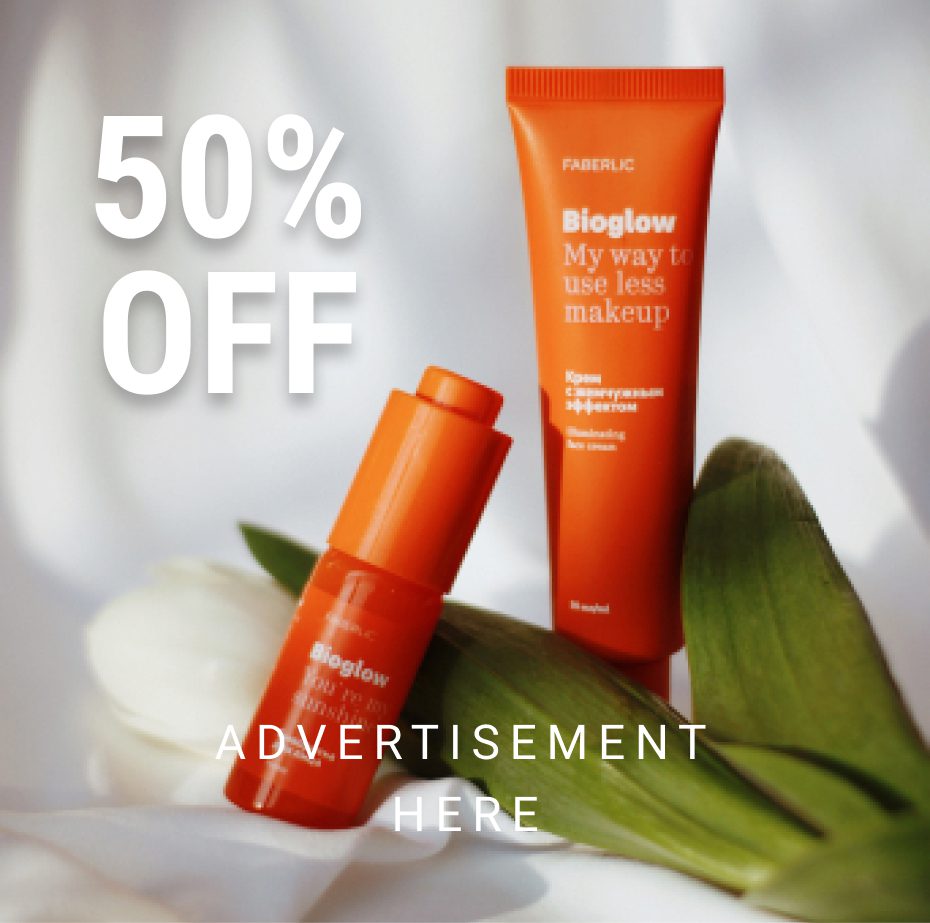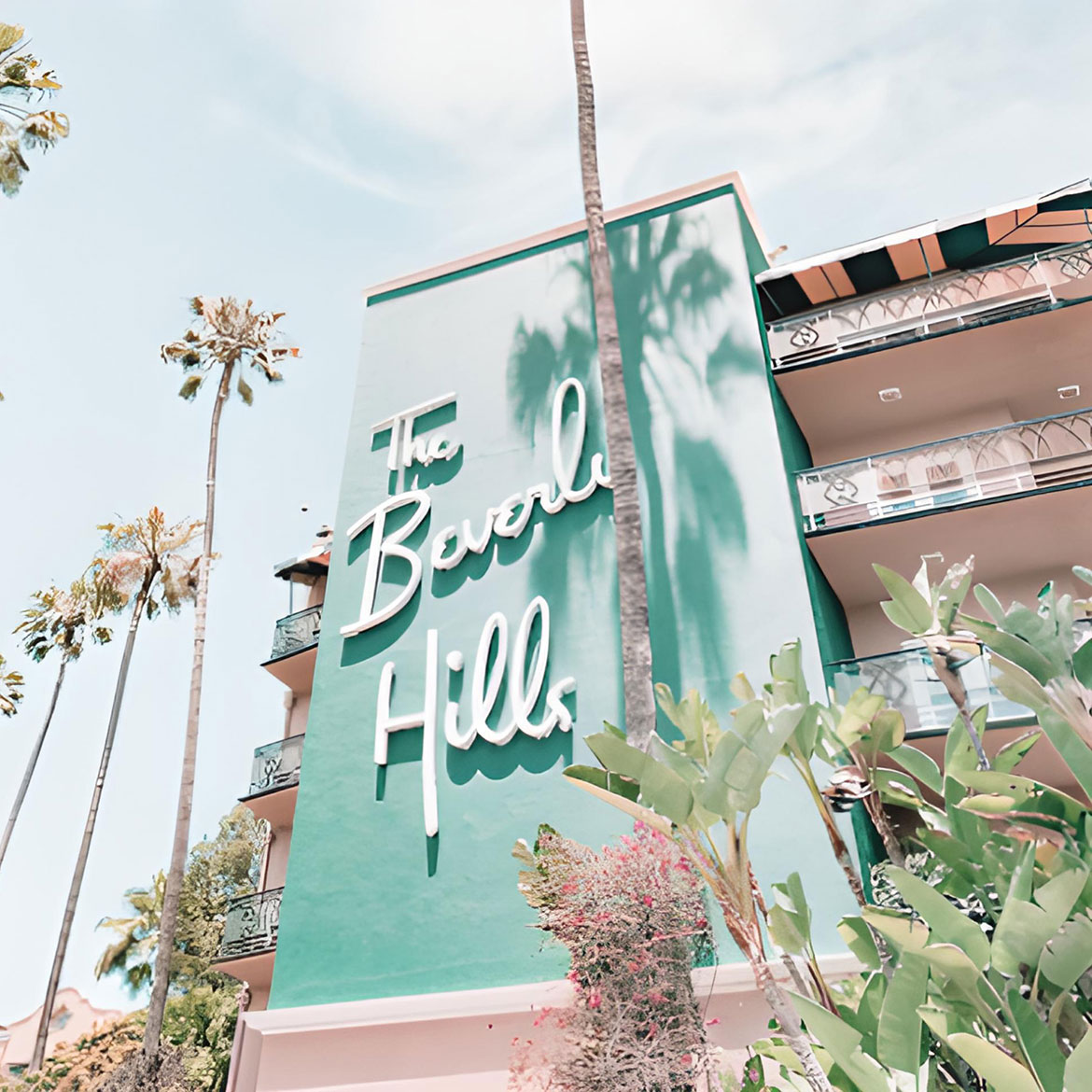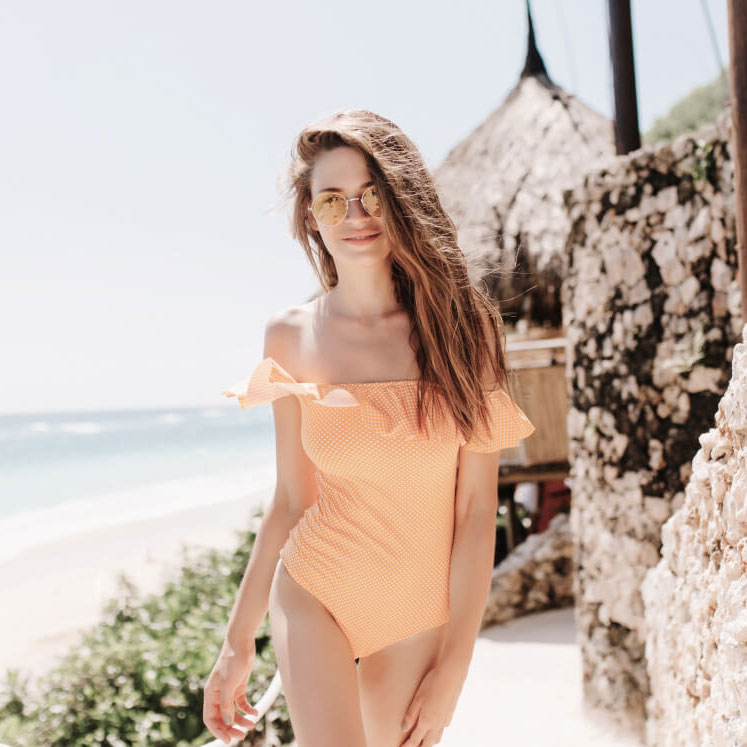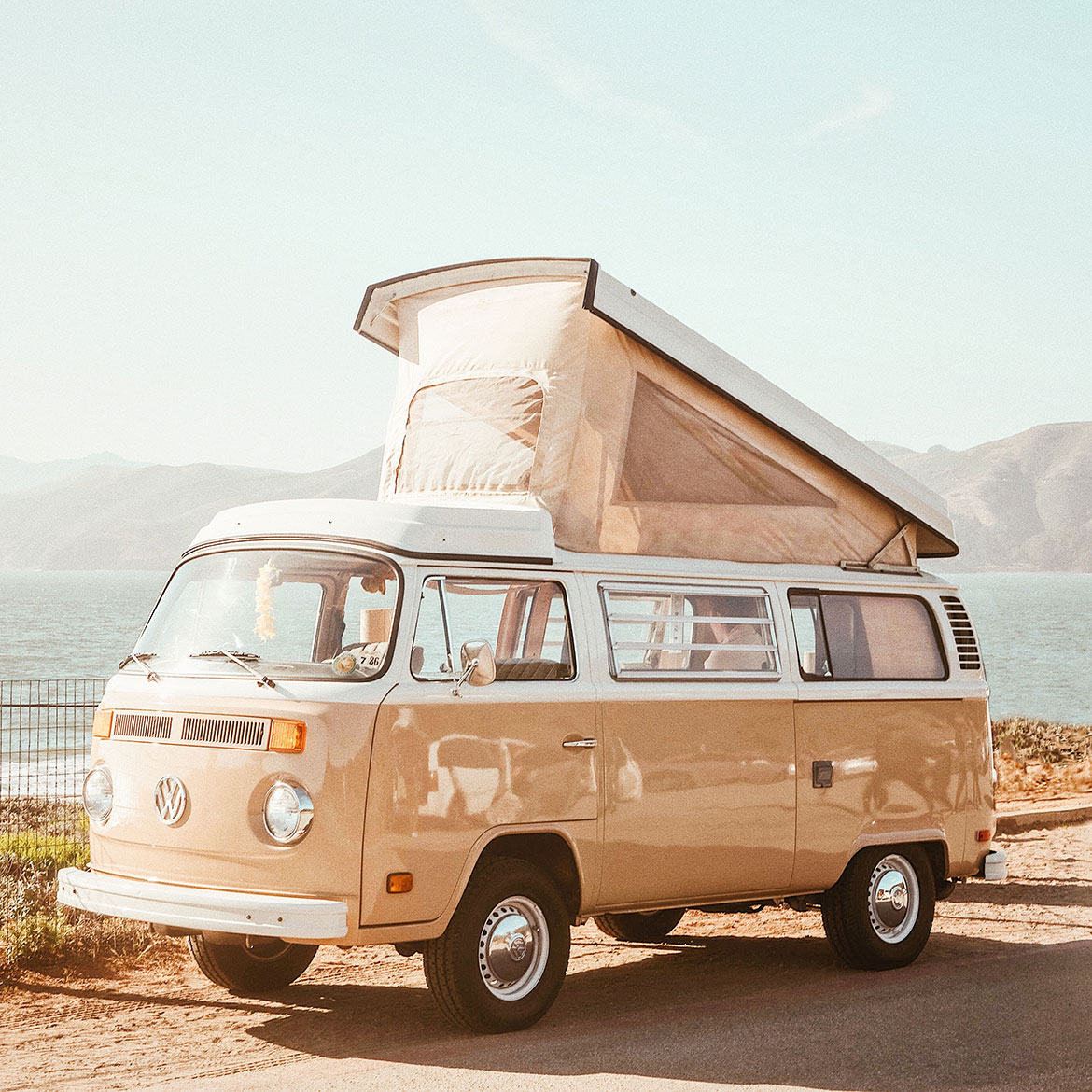Go Fishing in the Beauty of Olympic National Park
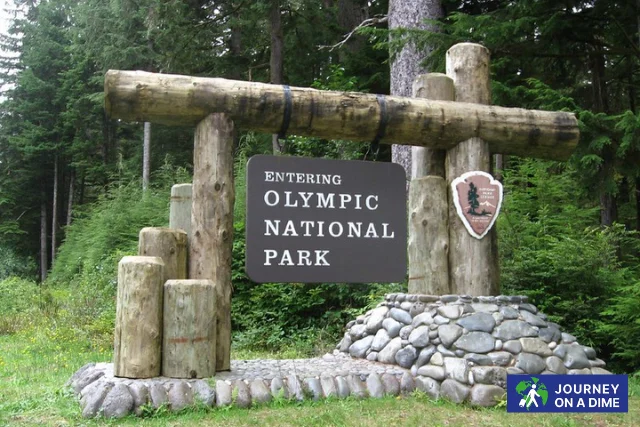
If you’re looking for a destination that pairs natural beauty with some of the best freshwater and saltwater angling opportunities in the United States, Olympic National Park should top your list. Located in the northwestern corner of Washington State, Olympic National Park is a haven for nature lovers and fishing enthusiasts alike. With over 600 lakes and 4,000 miles of rivers and streams, the park offers ample opportunities for catching trout, salmon, steelhead, and more—all while surrounded by lush forests, alpine meadows, and rugged coastline.
Whether you’re an experienced angler or a beginner looking to cast your first line, fishing in Olympic National Park provides a peaceful, rewarding, and unforgettable outdoor adventure. Let’s explore why this park is a top-tier fishing destination, what to expect when you visit, and how to make the most of your trip.
The Diverse Ecosystems of Olympic National Park
One of the park’s most stunning features is its ecological diversity. Olympic National Park encompasses nearly a million acres and contains three distinct ecosystems: temperate rain forests, glacier-capped mountains, and over 70 miles of Pacific coastline. This variety creates a wide range of fishing environments—from pristine mountain lakes to roaring rivers and tide-pool-laden beaches.
Because of its biodiversity, the park supports numerous fish species, including:
- Rainbow trout
- Cutthroat trout
- Brook trout
- Steelhead
- Coho, Chinook, and Sockeye salmon
- Dolly Varden
- Coastal and river-dwelling fish like sculpin and surfperch
Each area of the park offers something unique. Whether you prefer the quiet solitude of a high alpine lake or the rhythmic crash of waves while surf fishing, Olympic National Park provides the backdrop for your ideal angling experience.
Freshwater Fishing in Olympic National Park
Freshwater fishing is the most popular activity among anglers visiting the park. There are hundreds of lakes and countless rivers and streams tucked within the dense forests and mountainous terrain. Here are a few top freshwater spots to explore:
1. Lake Crescent
This glacially carved lake is famous for its crystal-clear water and trophy-sized Beardslee trout, a unique subspecies found nowhere else. It also holds Crescenti trout, another endemic species. Fishing is best from a boat or kayak, as the lake is deep and the shoreline access is limited. Remember, no bait is allowed—only artificial lures with barbless hooks.
2. Sol Duc River
This river offers world-class steelhead fishing during the late winter and spring months. Its fast-moving, boulder-strewn channels make it ideal for fly fishing. The river is easily accessible from the Sol Duc Valley, where you’ll also find campgrounds and scenic hiking trails.
3. Hoh River
Flowing through the lush Hoh Rain Forest, this river is not just a fishing hotspot but also a visual treat. Anglers can catch Chinook and coho salmon, as well as wild steelhead. The best time to fish here is in late fall through early spring.
4. Elwha River
Once dammed for nearly a century, the Elwha River has become an inspiring story of ecological restoration. After the dams were removed, native salmon and steelhead populations began to return. While fishing is still limited in parts of the Elwha watershed to allow the ecosystem to recover, it’s a promising future fishing destination.
Saltwater Fishing and Coastal Opportunities
Olympic National Park isn’t just about inland waters. The park’s Pacific coastline offers ample saltwater fishing options for anglers who want to try surf casting or beach fishing. Along the 73 miles of protected coastline, you’ll find rocky outcrops, sandy beaches, and tidal pools that serve as prime spots for catching surfperch, lingcod, greenling, and sea-run cutthroat trout.
1. Rialto Beach
This easily accessible beach near La Push is a favorite for surf fishing. You can catch surfperch, especially during incoming tides. The rugged sea stacks and coastal rock formations add to the scenic charm.
2. Kalaloch Beach
Located along the southern coast of the park, Kalaloch offers great shoreline fishing with the possibility of encountering flounder and perch. The beach is family-friendly, and nearby campgrounds make it a convenient stop for overnight stays.
3. Beach Fishing Tips
- Use heavier tackle and surf-weight sinkers
- Cast during early morning or late evening for best results
- Be cautious of waves and tides—never turn your back to the ocean
Fishing Regulations and Permits
Before you cast your line, it’s crucial to understand the fishing regulations within Olympic National Park. The park follows its own set of rules designed to protect fish populations and the natural habitat.
- No fishing license is required for fishing within the park boundaries, except when fishing in areas governed by Washington State (such as the Pacific Ocean or rivers outside the park). However, a state license is needed for saltwater fishing.
- Only artificial lures or flies are allowed in most park waters—bait is prohibited in several key areas.
- Barbless hooks are often required to minimize harm to fish that are released.
- Some areas are closed to fishing to protect spawning grounds or restore fish populations. Always check the park’s official fishing regulations guide before heading out.
Regulations can change seasonally, so it’s smart to visit the National Park Service website or check in at a visitor center for current rules and updates.
Best Time to Fish in Olympic National Park
Timing your visit is key to a successful fishing experience in Olympic National Park. The fishing season generally runs from late spring through early fall, but some rivers remain open into the winter, especially for steelhead.
- Spring (March–May): Snowmelt begins, and rivers are high and cold. This is the best time for steelhead fishing.
- Summer (June–August): Ideal for high mountain lakes and rivers. Trout fishing is excellent.
- Fall (September–November): Great for salmon runs. Lower water levels make fish more accessible.
- Winter (December–February): Challenging weather, but prime steelhead season continues in some rivers like the Sol Duc and Hoh.
Keep in mind that weather can change rapidly in the park, especially in the mountains or on the coast. Always check the forecast and bring rain gear and layers.
What to Pack for Your Fishing Trip
To make your fishing adventure in Olympic National Park comfortable and successful, bring the following essentials:
- Lightweight, breathable fishing gear
- Waders for river fishing
- Rainproof outer layers
- Tackle suited to your target species (fly rod, spinning gear, or surfcasting rod)
- Polarized sunglasses to reduce glare
- Topographic map or GPS
- Insect repellent and sunscreen
- Bear spray if you’re venturing into the backcountry
Also consider bringing a cooler for your catch—though be aware that many park waters are catch-and-release only.
Combining Fishing with Other Park Activities
Olympic National Park is the perfect place to combine fishing with other recreational activities. After a day of casting lines, you can:
- Hike the Hoh Rain Forest Trail to immerse yourself in lush greenery and giant trees
- Soak in Sol Duc Hot Springs for relaxation after an intense day by the river
- Camp under the stars at one of the many campgrounds within the park
- Take scenic drives like Hurricane Ridge Road for breathtaking views of the Olympic Mountains
- Enjoy wildlife watching, including elk, bald eagles, and even river otters
Fishing becomes more than just a sport in Olympic National Park—it’s part of a full-sensory, immersive experience in one of the most stunning natural areas in the country.
Responsible Angling in a Protected Park
Practicing responsible fishing is essential to preserving the ecosystems of Olympic National Park. Here are a few ways to minimize your impact:
- Always follow posted regulations and limits
- Handle fish gently and release them quickly if required
- Pack out all trash, including fishing line and bait containers
- Avoid stepping on vegetation or disturbing spawning beds
- Respect wildlife and maintain a safe distance
Olympic National Park belongs to all of us, and the responsibility of protecting its beauty and resources lies with every visitor.
FAQs About Fishing in Olympic National Park
Do I need a fishing license for Olympic National Park?
You do not need a fishing license for freshwater fishing within the park’s boundaries. However, a Washington State license is required for saltwater fishing and for fishing in areas outside the park.
What kinds of fish can I catch in the park?
You can catch a variety of species, including rainbow trout, cutthroat trout, brook trout, steelhead, and several species of salmon like Chinook and coho. In coastal areas, surfperch and flounder are common.
When is the best time to go fishing in Olympic National Park?
The best time depends on what you want to catch. Summer is excellent for trout and lake fishing, while fall is perfect for salmon runs. Winter is prime for steelhead in rivers like the Sol Duc and Hoh.
Are there catch-and-release rules?
Yes, many waters in the park require catch-and-release fishing, especially for native and endangered species. Check current regulations before you fish.
Can I use bait in Olympic National Park?
In most areas, bait is prohibited. Only artificial lures and flies are allowed, and barbless hooks are required in many rivers and streams.
What other activities can I do besides fishing?
Olympic National Park offers hiking, camping, wildlife watching, scenic driving, and photography. You can also visit hot springs or explore tide pools along the coast.
Is fishing good for families and beginners?
Yes! There are many beginner-friendly lakes and easily accessible fishing spots, and the serene environment makes it perfect for families.
Can I keep the fish I catch?
In some areas, yes—especially if the fish are non-native or there’s a daily limit. In other areas, catch-and-release rules apply. Always check local regulations.
Image Source: Flicker




